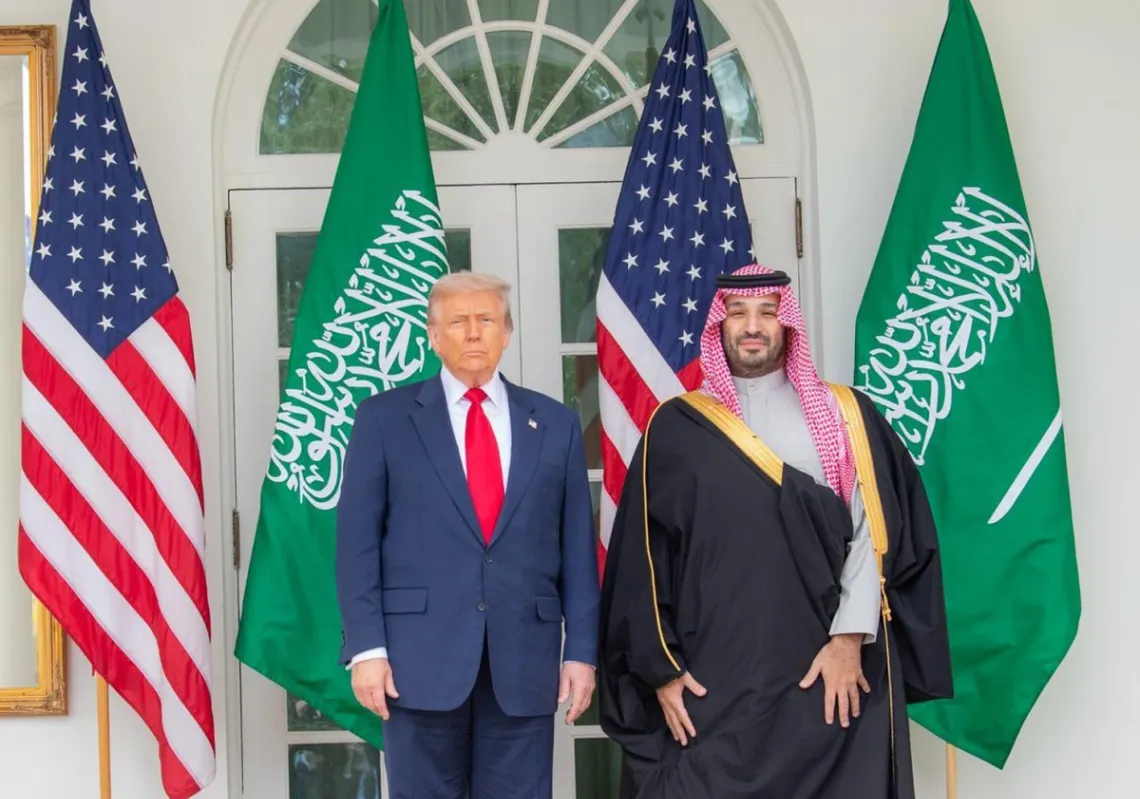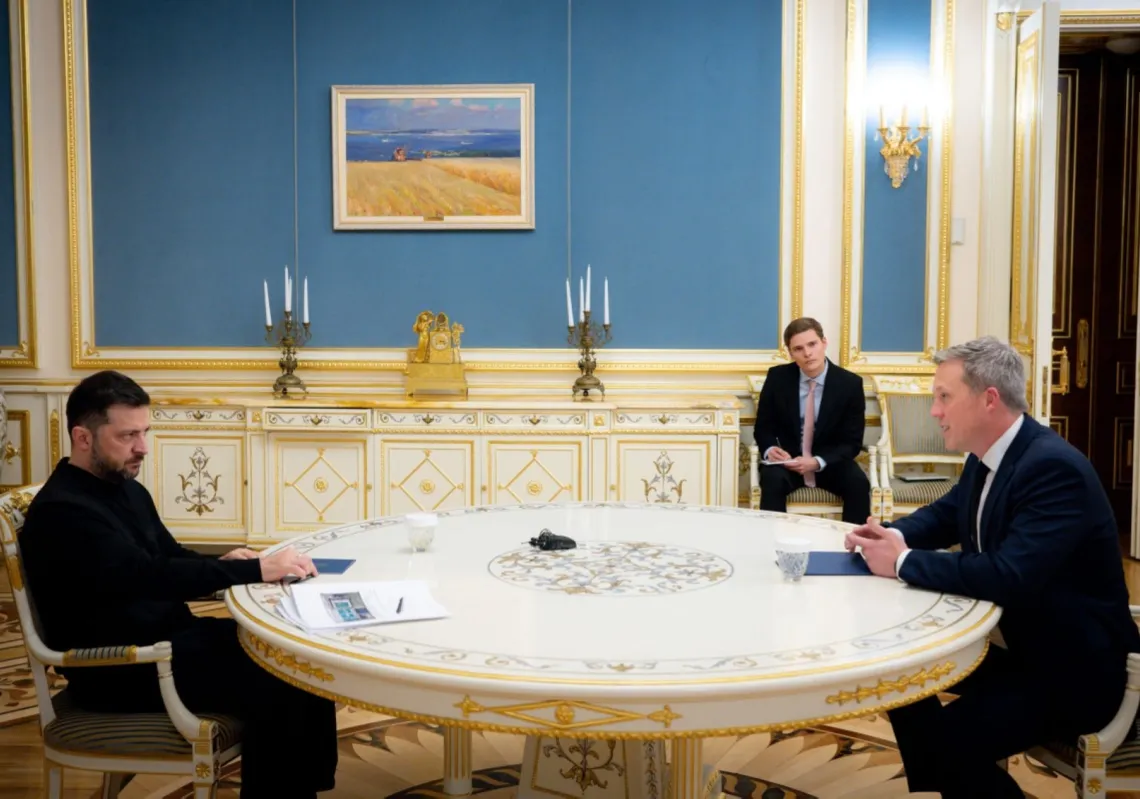On February 22nd, Saudi Arabia celebrates for the first time the anniversary of the founding of the Great Emirate of Diriyah nearly 300 years ago.
The Custodian of the Two Holy Mosques, King Salman bin Abdulaziz, recently issued a royal order to adopt February 22 of each year as an official holiday, to celebrate the founding of the Saudi state, under the name of the “Saudi Founding Day.”
Three centuries ago, Emir of Diriyah Muhammad bin Saud Al Muqrin also known as Ibn Saud issued a royal order setting February 22 of each year as a day to commemorate the founding of the Saudi state that lasted until 1233 AH (1818 AD), with its capital in Diriyah and its constitution, the Qur’an.
The royal order added that Emirate of Diriyah “established unity and security in the Arabian Peninsula after centuries of disunion, division and instability as well as withstood attempts of elimination.”
“Only 7 years after its end, Turki bin Abdullah bin Muhammad restored the state in 1240 AH (1824 AD) and established the Emirate of Nejd, which lasted until 1309 AH (1891 AD).
The royal order continued: "Ten years after its end, King Abdulaziz bin Abdulrahman Al-Faisal Al Saud established the Third Saudi State in 1319 AH (1902 AD) and unify it in the name of the Kingdom of Saudi Arabia, and his sons, who then became kings followed his approach in strengthening the building and unity of this state."
National Anniversary
The Saudi Founding Day confirms the solidity of the Kingdom's three-century history, a national anniversary in which the country’s grandchildren evoke the sacrifices of their fathers and grandfathers and the challenges they faced in order to build a nation whose history spans three centuries.
The founding day came to confirm that the Kingdom of Saudi Arabia is not a country that is incidental in history and geography, but rather is established from the unity of the people of the Arabian Peninsula who have suffered for decades from the scourge of discrimination, discord and conflicts.
The day will not be a substitute for the Saudis’ celebration of the country’s National Day on September 23 of each year to commemorate the unification by King Abdulaziz Al Saud, grandfather of Prince Muhammad bin Salman, of the kingdom in 1932.
On that date, the late Saudi King Abdulaziz bin Abdul Rahman issued a royal decree to transfer the name of the state from the Kingdom of Hejaz, Najd and its annexes to the Kingdom of Saudi Arabia.

Challenging History
Najd, specifically the city of Diriyah, was a medium-sized city in the sense of cities in those days and it had an urban center consisting of a large proportion of the population and was economically self-sufficient because it was located at the crossroads of commercial roads.
It is originally an agricultural area due to its location on the banks of Wadi Hanifa where there are many farms whose production exceeds the needs of the population. That makes farmers export production to other cities in the Najd region such as Al-Uyaynah, Huraymila and others.
One of the most prominent geographical economic components of that country is that it lies on one of the most important valleys in Najd, which is Wadi Hanifa.
It is also located on one of the most important ancient trade routes, in which Diriyah was in its center. It comes from the south of the Arabian Peninsula through Najran and then heads north to Yamama.
This is the only road for pilgrims coming from Persia, Iraq and Central Asia, who continue their journey through Diriyah to Mecca. The importance of this road increased after the establishment of the Emirate of Diriya at the hands of Mani' ibn Rabi'a al-Muraydi, who worked hard and with his sons and grandsons, to secure and serve the road.
With the establishment of the first Saudi state or the Emirate of Diriyah on February 22, 1727, it became one of the most prominent ways through which trade and pilgrimage convoys passed as a result of the policy of Ibn Saud. That policy was concerned with securing the convoys and enhancing relations with the tribes that pass through their areas and agreeing with them to establish security and provide the necessary services for them.
Saudi historians consider that the “city state” in Diriyah was expanding and narrowing according to political stability and these matters were realized by Ibn Saud when the “city state” moved to be a state which historians call “the first Saudi state.”
Imam Muhammad bin Saud bin Muhammad bin Muqrin, who was born in 1679, grew up in Diriyah and benefited from the experience he had in his youth, when he was an observer of the conditions of the emirate and worked alongside his father in arranging its conditions, which gave him great administrative knowledge. He also participated in the defense of Diriyah during counterattacks.
Imam Muhammad bin Saud’s assumption of power was preceded by challenges faced by Diriyah, most notably weakness and division for various reasons.
These reasons include “the internal conflict between his uncle Muqrin bin Muhammad and Prince Zaid bin Markhan, as well as the Diriyah attack on Al-Uyaynah, the killing of Prince Zaid bin Markhan and the spread of the plague in the Arabian Peninsula.” During that period, the plague caused the death of large numbers of people.
But history indicates that Ibn Saud was able to overcome these challenges, unify Diriyah under his rule, and contribute to spreading stability in the Al-Arid region - currently Riyadh.
After the establishment of the first Saudi state, it was a destination for many immigrants and scholars, most notably Sheikh Muhammad Ibn Abd al-Wahhab, who was supported by Imam Ibn Saud in his call, after he considered it consistent with the principles of the state he was working to establish in its religious aspect.

“The Day We Started”
The Founding Day in Saudi Arabia has a distinct visual identity that was announced by the Kingdom on February 2, 2022, under the slogan of "The Day We Started”.
In the middle of the logo appears the icon of a man holding a flag, in reference to "the heroism of Saudi society's men and their commitment to the flag that they protected."
According to the Saudi Press Agency, the visual identity "carries various essential historical meanings and is linked to the glories, heroism, and nobility of the Saudi state."
It added: "The identity icon is surrounded by 4 symbols: the dates, which signify growth, life and generosity, the Majlis (council), which expresses unity and societal cultural harmony, the Arabian horse, which displays the equestrian skills and heroism of the princes and braves of the state, and the market in reference to economic mobility, diversity and openness to the world."
Activities in Schools, Universities and Public Holidays
Saudi Minister of Education Hamad bin Mohammed Al Al-Sheikh directed universities, institutes and colleges of the Technical and Vocational Training Corporation, education departments and cultural attachés to celebrate the founding day, by setting up programmes, events and activities to introduce the importance of this occasion.
This comes in addition to the historical, civilizational and cultural depth of the Saudi state since its founding three centuries ago and the close cohesion and interdependence between the citizens and their leadership.
Minister of Human Resource and Social Development Ahmed bin Sulaiman Al-Rajhi
confirmed that the honorable royal order that the founding day be an official holiday is for both the public and private sectors.
He wrote on his official account on Twitter: "The honorable royal decree that the founding day be an official holiday for all workers in the public and private sectors, embodies the keenness of our wise leadership to sense the depth of the country's history and to perpetuate the glorious memory in the souls of Saudi society."
Book Documenting Stages of Founding Day in Saudi Arabia
The official account of the Founding Day on the social networking site Twitter announced the release of the founding day booklet in King Abdulaziz House, which is a booklet documenting the history of the Kingdom crowned with many glories and immortal achievements up to the present time.
The 59-page booklet includes the stages of the establishment of Saudi Arabia since the beginning of the era of Ibn Saud who took over the rule of Diriyah in 1139 AH, passing through the most prominent words of kings, up to our time, and the development and achievements witnessed by Saudi Arabia that tell history.
The brochure sheds light on Al-Diriyah being the first capital of Saudi Arabia in the Yamama region, which is located in a large area in the center of the Arabian Peninsula, and in the middle is the famous Tuwaiq mountain range. Hanifa is a city in eastern Arabia on the Gulf coast.
The booklet reviewed the most prominent princes of the Emirate of Diriyah, including Mana Al-Muradi, who founded Diriyah in 850 AH, and then Rabi`ah bin Mani`, then Musa bin Rabi`ah, who made a mark for himself in the history of Diriyah, all the way to Prince Saud bin Muhammad, and Muhammad bin Saud, founder of the first Saudi state.
The booklet includes the period of Ibn Saud assuming the rule of Diriyah in the middle of 1139 AH, when he was able to achieve a qualitative leap in the history of Diriyah, as Diriyah suffered during that period from the spread of the plague, weakness and division for multiple reasons.












